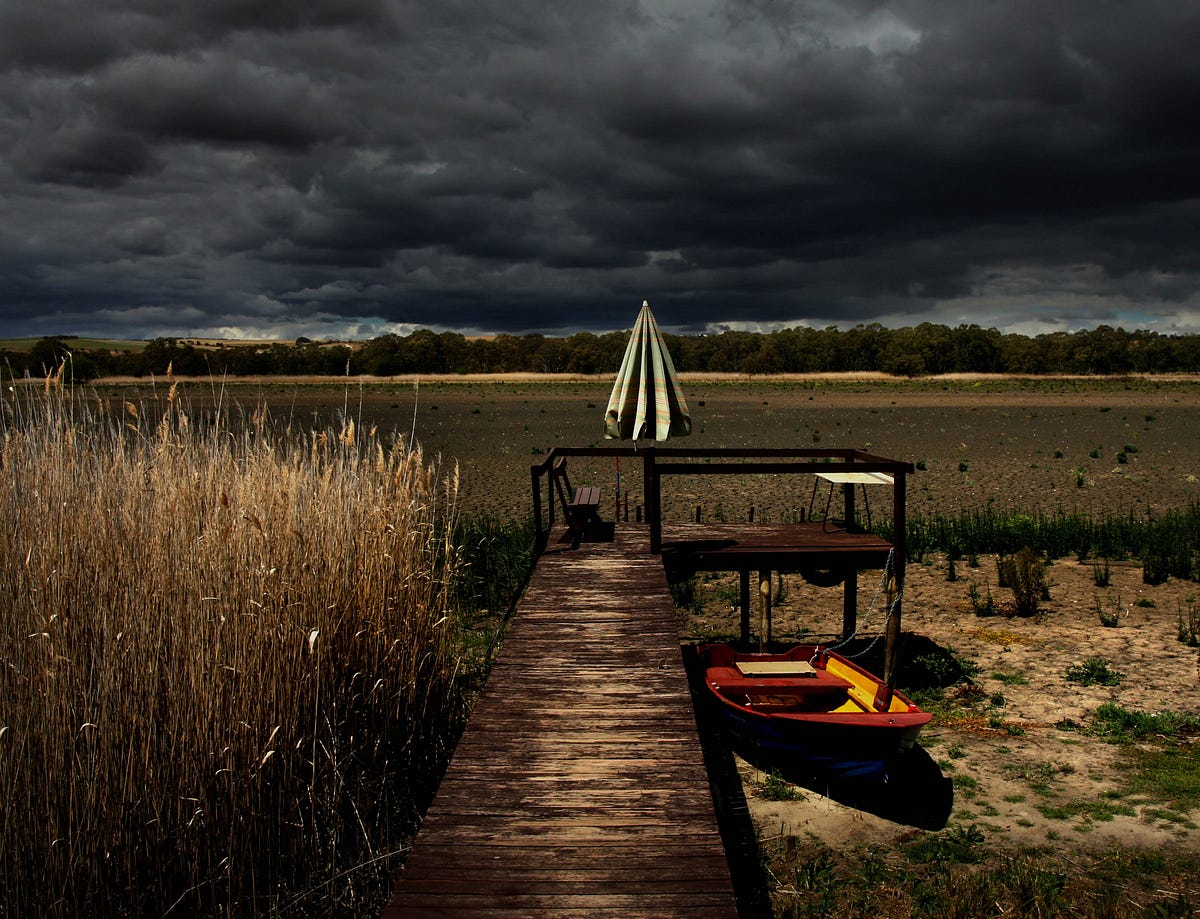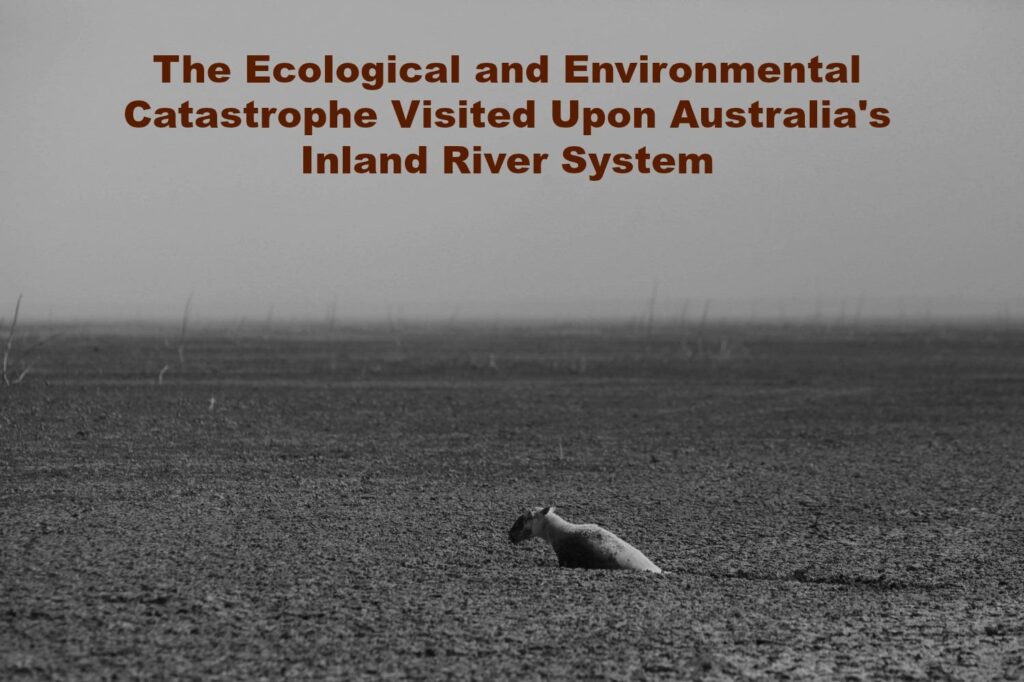By John Stapleton. Photography by Dean Sewell.
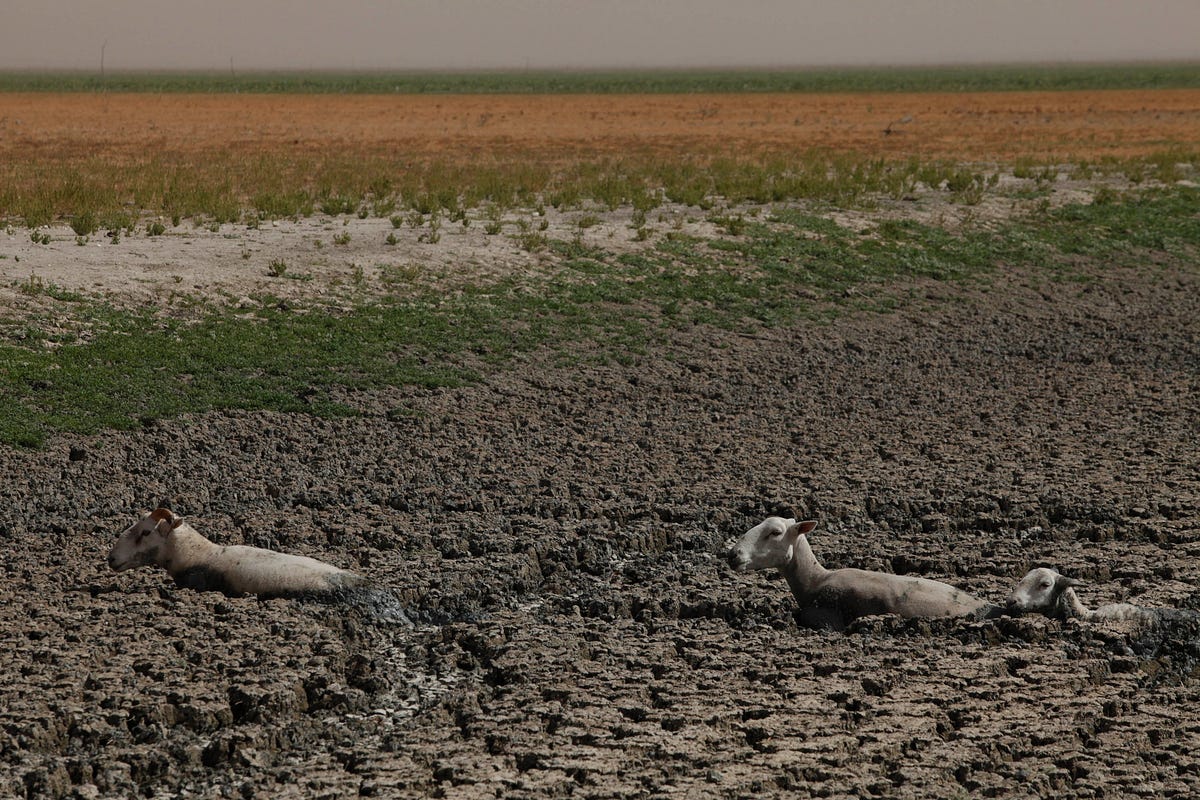

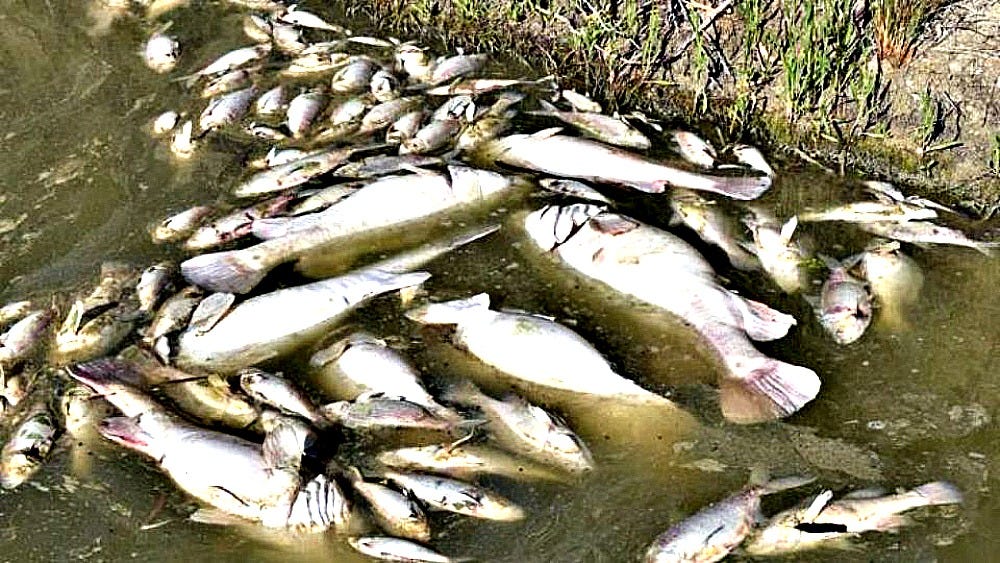
A floating monument to greed, corruption, maladministration and disastrous environmental management.
There Are Many Beginnings To This Story
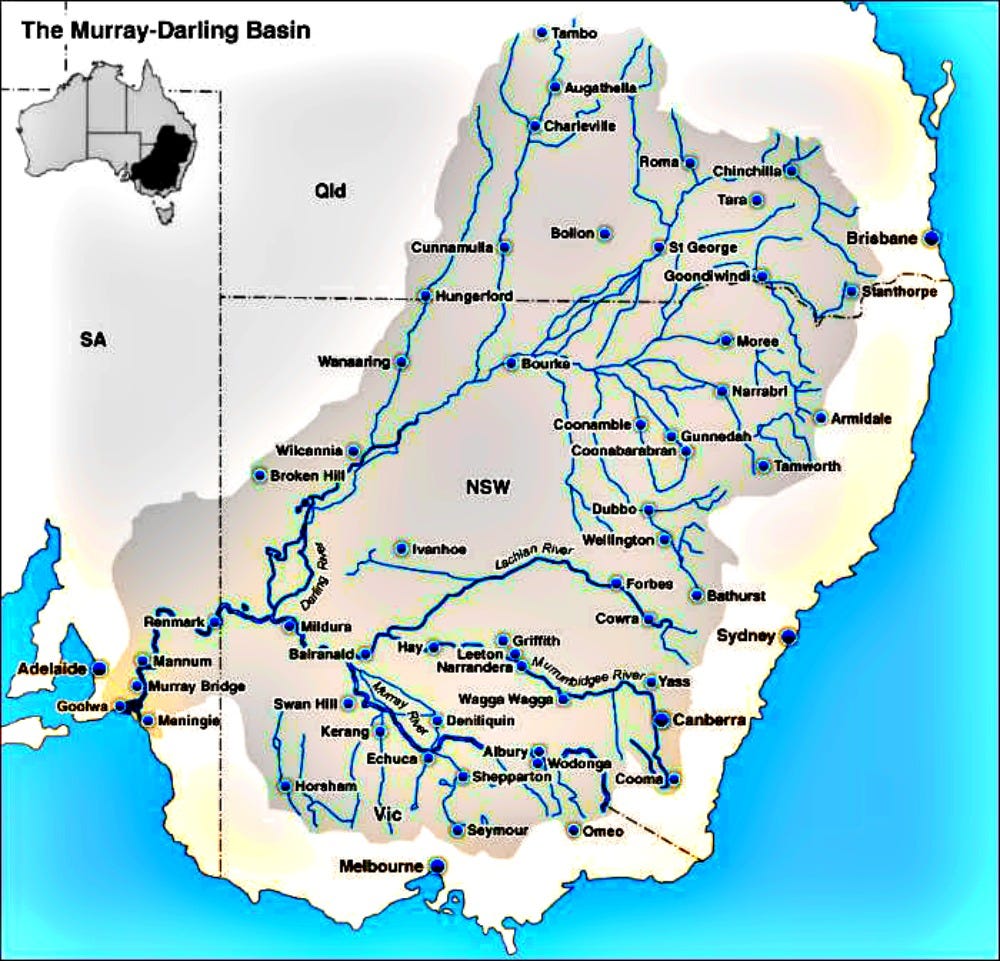
It’s going to get worse before it gets better.
This is nothing to do with drought. This is government policy, both State and Federal.
It has everything to do with greed, corruption and money.
This is a cataclysmic destruction of a river system.
For us there is no surprise.
Bureaucrats and politicians have done everything they could to undermine any integrity in the system. They should be held accountable for the destruction of the environment.
Where is the water?
Where is the audit of where the money went?
The water went straight to cotton irrigators, absolutely.
People should go to jail over this. Absolutely.
People the world over need to understand that this has nothing to do with nature. These fish are dying in their millions because the system has been destroyed.
It has nothing to do with nature and everything to do with money.
While all the news has been on the million dead fish in Menindee, upstream they’re already dead.
Hundreds of kilometer strips where all the fish are dead. There is no water up there. And what water there is has turned green and putrid.
To describe what is happening here as an ecological and environmental catastrophe is understating what is going on. It is deeply serious.
This is the latest sign of complete catastrophic failure.
It has been heading this way for decades. This is a failure of water allocation policy. For all the talk, the endless meetings, consultations, inquiries and reports, rivers like the Darling should have come first.
It is not possible to remedy the situation around Menindee at present. Even heavy rains in the upper catchment will take months to arrive, even if we can persuade governments to let the water through rather than it being taken by the massive irrigation projects that line the length of the river.
Menindee is one of the last major breeding sites on the Darling River remaining for a number of freshwater fish. For the fish dying in those waterholes there is nothing that can be done.
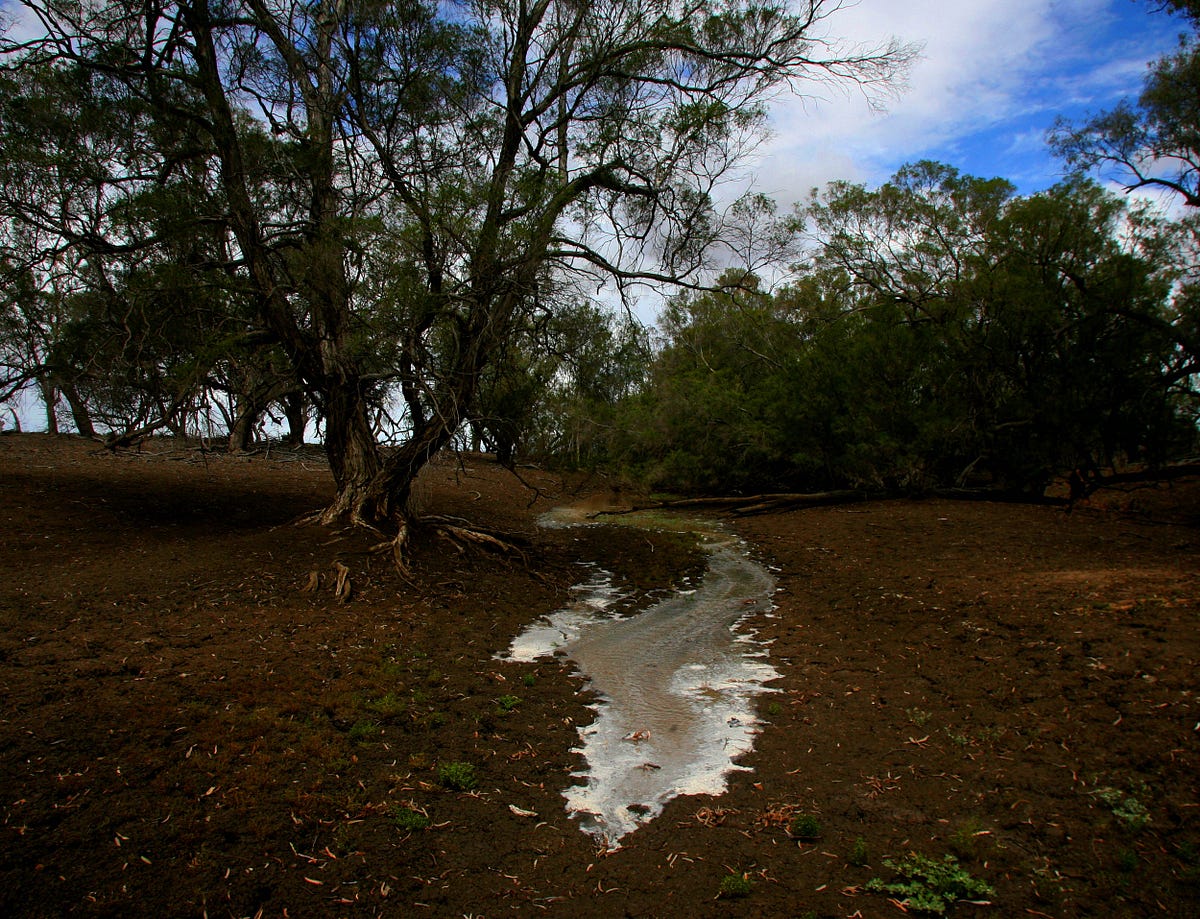
We know what killed the fish.
One of the things we still don’t know is how much water is being taken out of the river, 99% of it by cotton irrigators.
No one will acknowledge how much water is being used.
That can only be because people don’t want to know.
A Wonderland At Risk

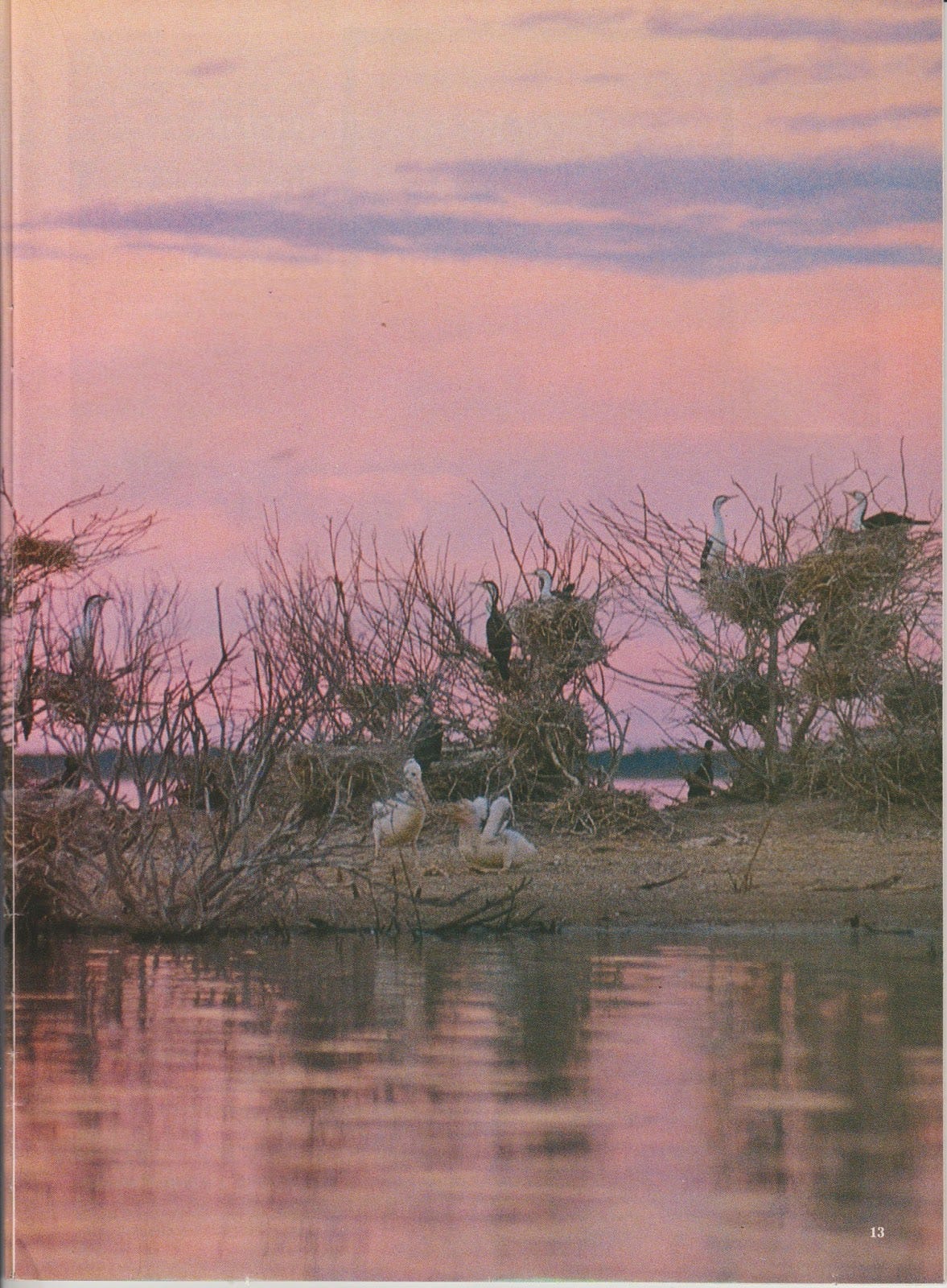
Some attract waterbirds in numbers that make them the equal of the spectacular flamingo lakes of Africa and the migratory wetlands of Europe and North America. The density of bird life is two or three times that of Kakadu: 100,000 birds of more than 30 species may inhabit a single lake only a few kilometres long. Spoonbills and cormorants nest in drowned trees, colonies of pelicans rear their young on sand islands and banded stilts nest in shallow scrapes on the ground. Darters, herons, ibis, egrets, sandpipers and ducks mingle with flocks of black swans.
But all this is changing and the scandal is while Australia actively promotes international conventions to protect waterbird habitats, we simply do not know what impact human activity is having on our semi-arid wetlands.
Basic research is nonexistent: We do not know the impact of the cotton industry. Australia’s most profitable legal agricultural activity is spreading rapidly westwards with its attendant chemical runoff and manipulation of river systems.
Now We Know
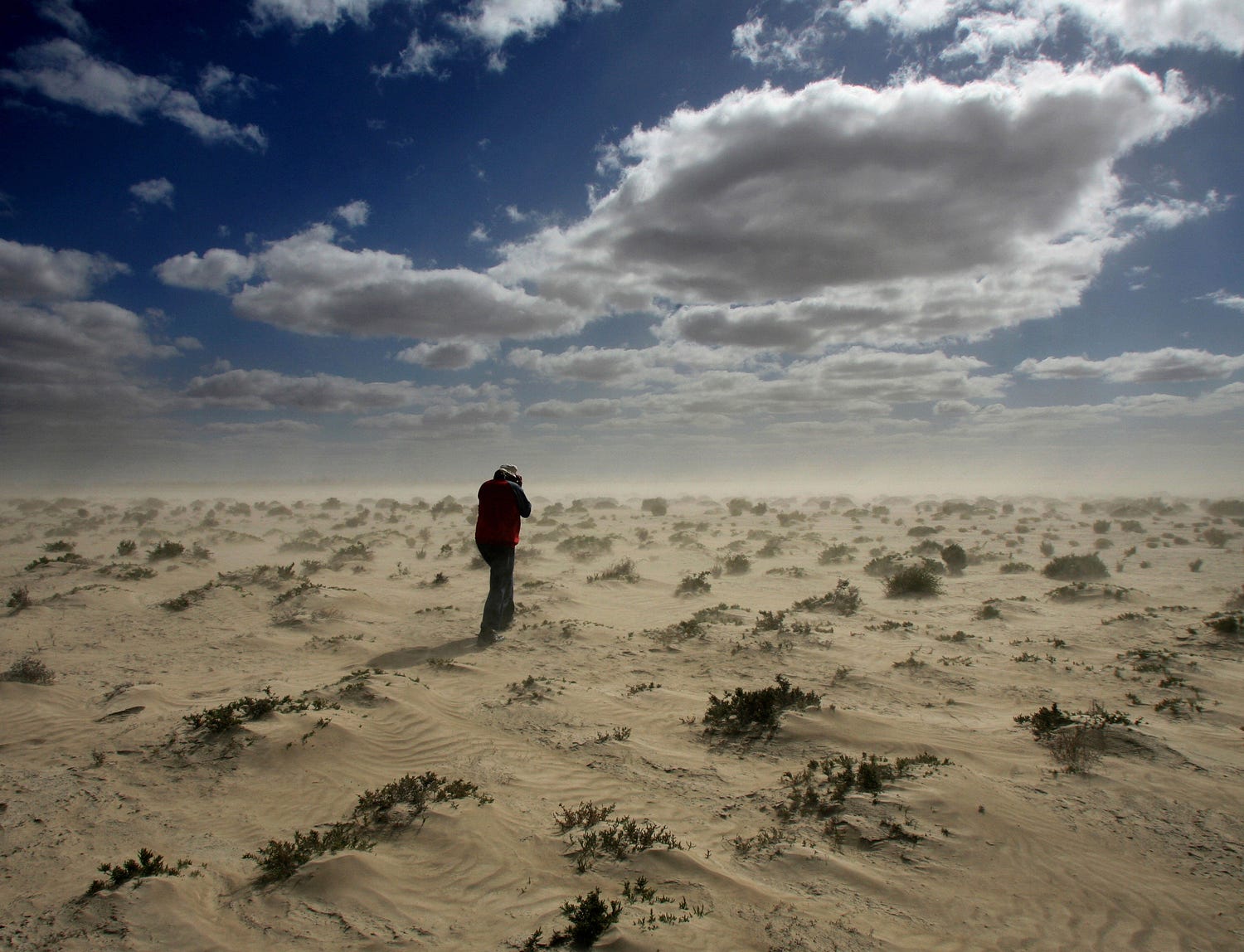
Steady degradation just eats away at the entire environment in that tricky way nature has of everything being connected.
The fish in their rotting riverside masses are extremely photogenic, at least from a news point of view. Their stink sparks predictable political blame games and, at least for a while, calls for action.
Yet the headline-grabbing dead fish have come late to the Murray-Darling ecological disaster story.
It’s much harder to focus outrage on something that’s not there, something that can’t be photographed. But like the dog that didn’t bark, the birds that are not there still bear powerful witness.

The birds have either died or they haven’t bred as much as they did in the past.
We separated that group into all of the birds that eat fish, all of the birds that eat invertebrates and vegetation, and what we’re seeing is that all of those groups are also declining, which tells you the whole of the ecosystem is in decline.
The Political Response: Shameful
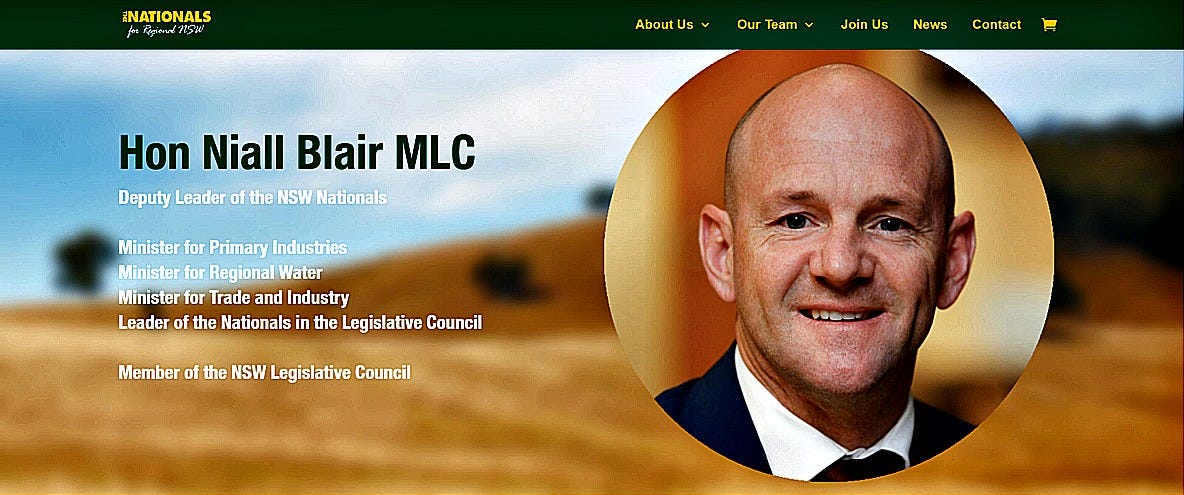
This is the biggest environmental catastrophe in the history of the river, and no one is here. It beggars belief.
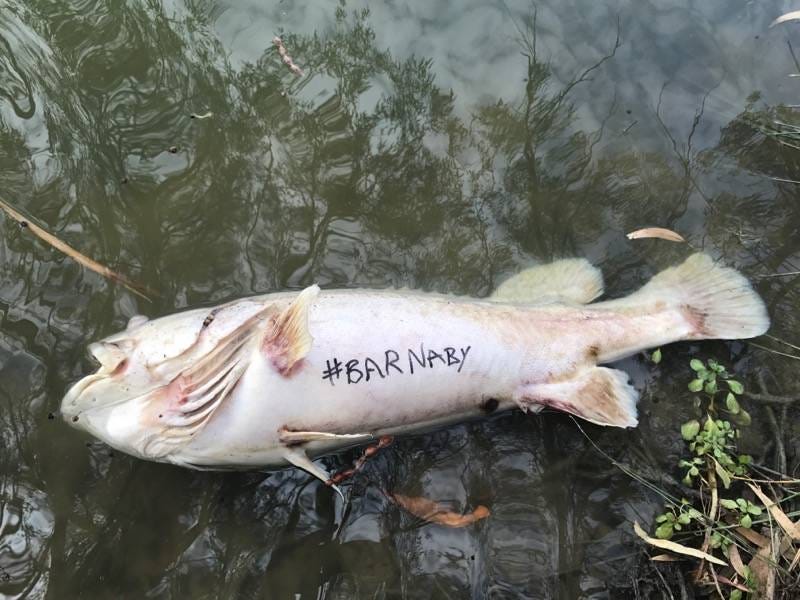
Straight off, the dead and stinking fish symbolize the mismanagement, maladministration and corruption of water policy in Queensland, New South Wales and Victoria.
It doesn’t take a great deal of extension to work it into an argument about the National Party’s intellectual and moral bankruptcy, particularly under former leader Barnaby Joyce, and its complete unfitness to govern.
Rural folk increasingly feel that way, wondering how a party established to represent rural and regional Australians became instead available for rent to big mining interests, the coal industry, the fracking industry and large-scale agribusiness, particularly when these interests threaten their livelihoods.
Jack Waterford. The Canberra Times.
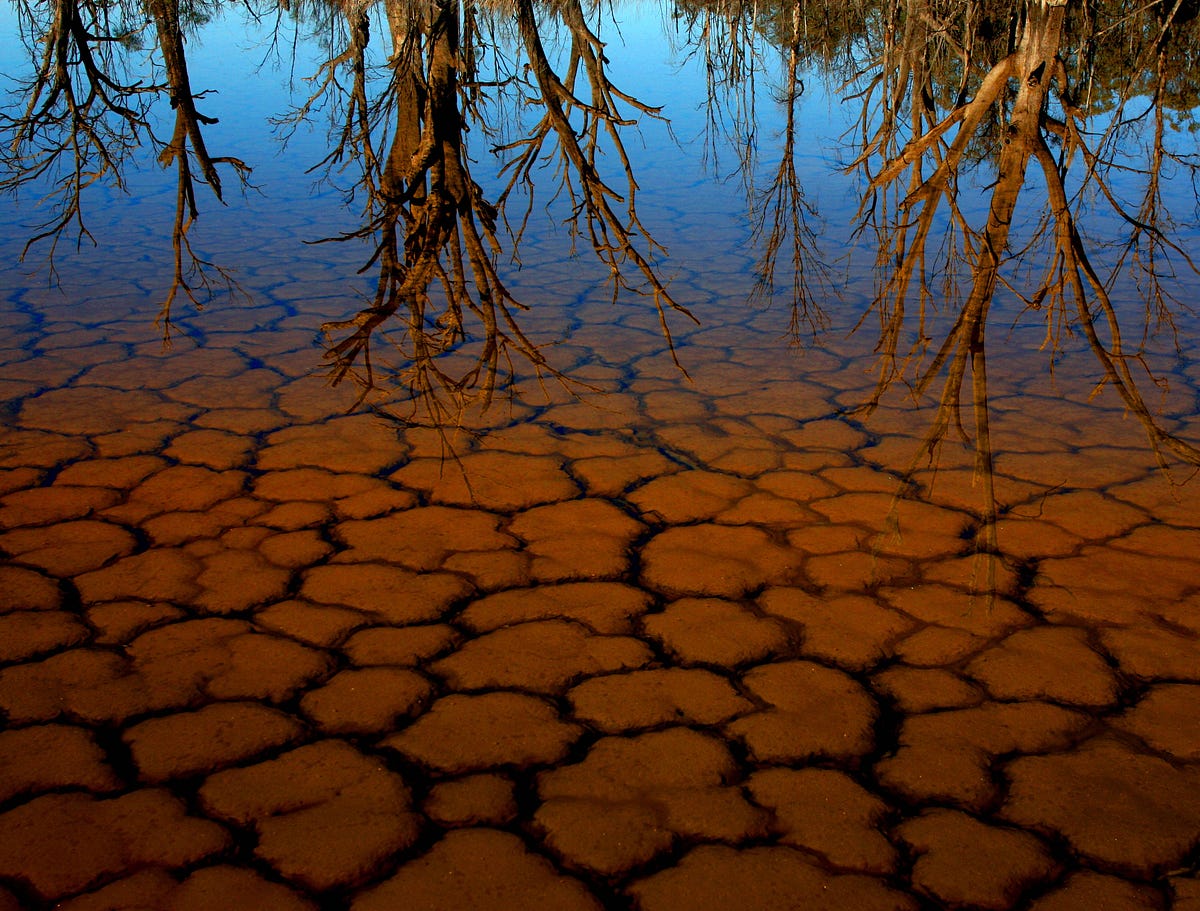
A multitude of actions Joyce took as minister, from blocking water buybacks to cutting the allocation of water to the environment were so damaging as to seem deliberately designed to destroy the fragile ecosystems of the Murray-Darling Basin, and to produce outcomes like those we see today.
The fish don’t need a detailed inquest: just by themselves, they show that something has gone very badly wrong.
That federal ministers and some public servants in the primary industry department see their function as facilitating agriculture and maximizing its export revenue has also led to the corruption of the public stewardship they were supposed to deliver to the whole community.
Indigenous Heartbreak
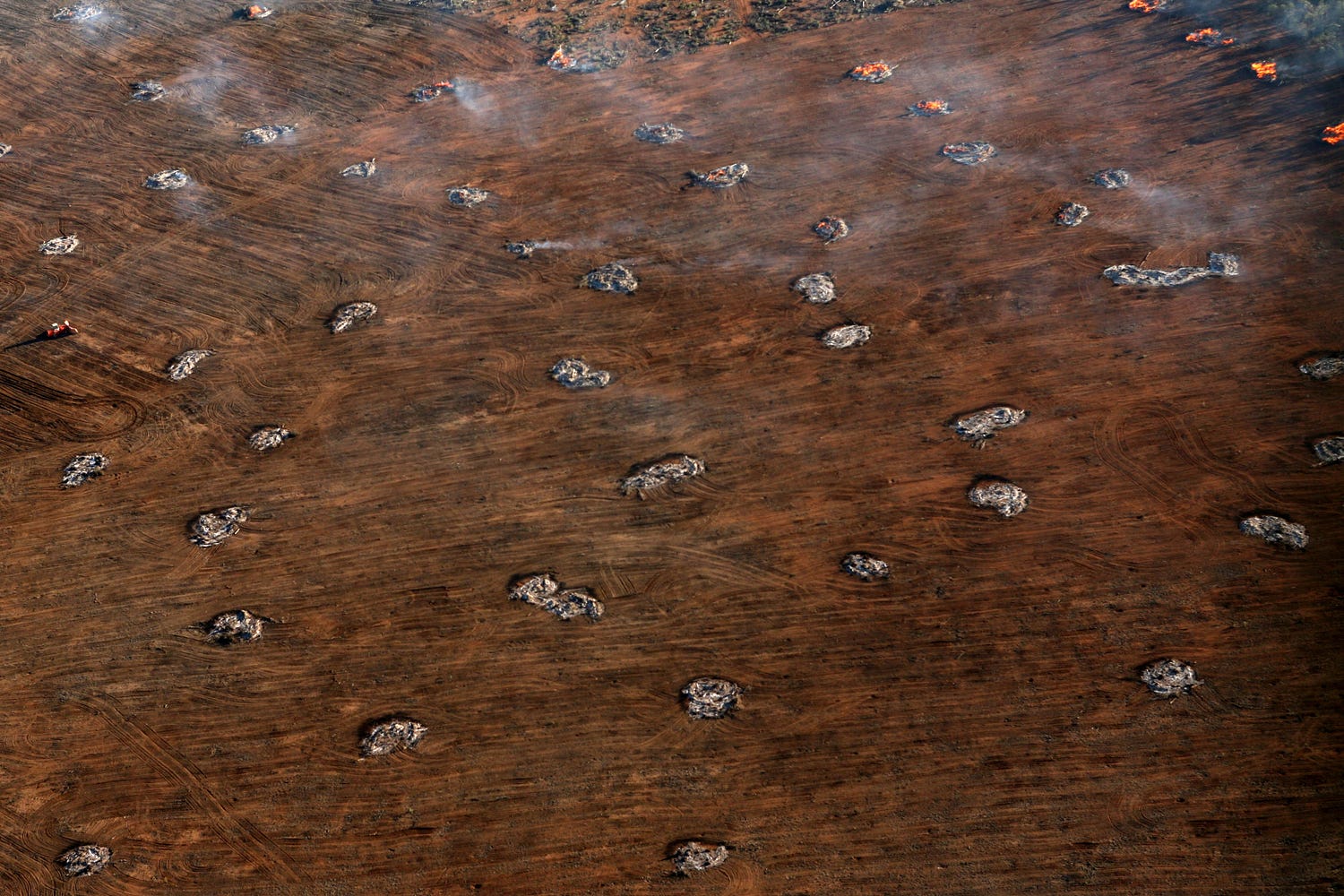

All people think about now is there’s no water. Aboriginal people were very close to nature and that’s all unbalanced now. There’s no nature to go back to.
We’ve got no water, no special places to go, no animals to hunt. Our totem animals are dead, their bones are everywhere.
When your totem animals are gone — the bandarr [kangaroo], the dhinawan [emu] — who are you as a person?
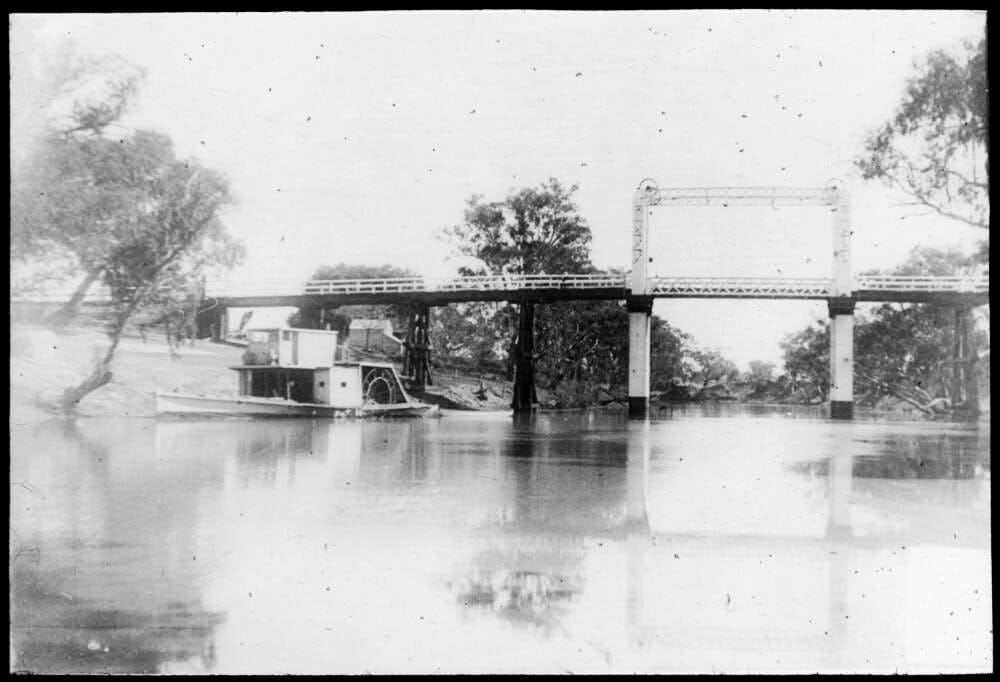
This river system is a very important river system for the whole of western New South Wales, not just economically but spiritually.
Our river is just about on the brink of dying.
We have cultures on this river that have been here for thousands and thousands of years, cultures that have been obliterated by government decisions and mismanagement.
Because of the decisions they are making, we are the people that are suffering.
We don’t need a lot of cotton. We need our water.
When they take the water from a Barkandji person, they take our blood. They’re killing us. It’s not just us Barkandji people who are feeling it. It’s the white people and other people too.
How can I teach culture when they’re taking our beloved Barka away? There’s nothing to teach if there’s no river. The river is everything. It’s my life, my culture. You take the water away from us; we’ve got nothing.
Initially we queried after hospital wait times, access to healthy food and hygiene.
It quickly it became evident that the river was central to the life, spirit and health and welfare for the community.
The destitute state of the river was heart-breaking. The river gives healthy fresh food, clean water, cultural exercise, it keeps the young people occupied and away from smoking and alcohol. The river was everything- the health of the community is the health of the river.
The Perfect Storm
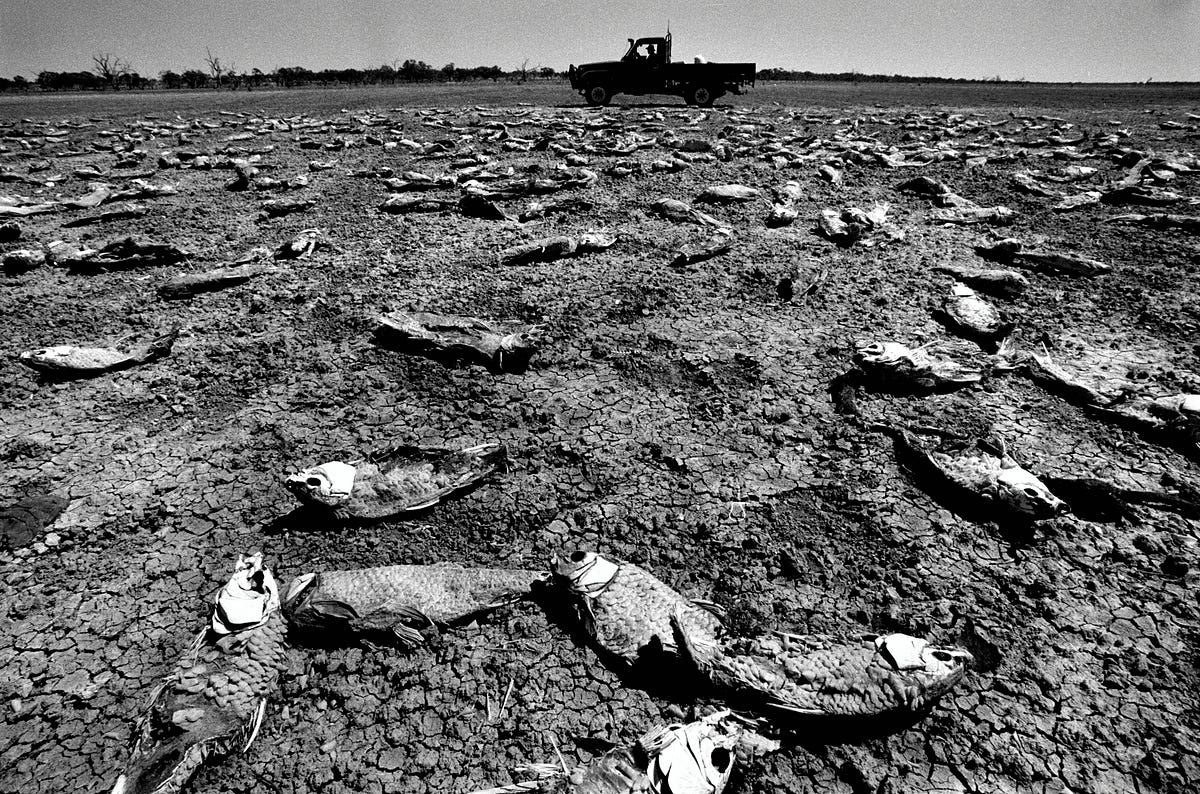
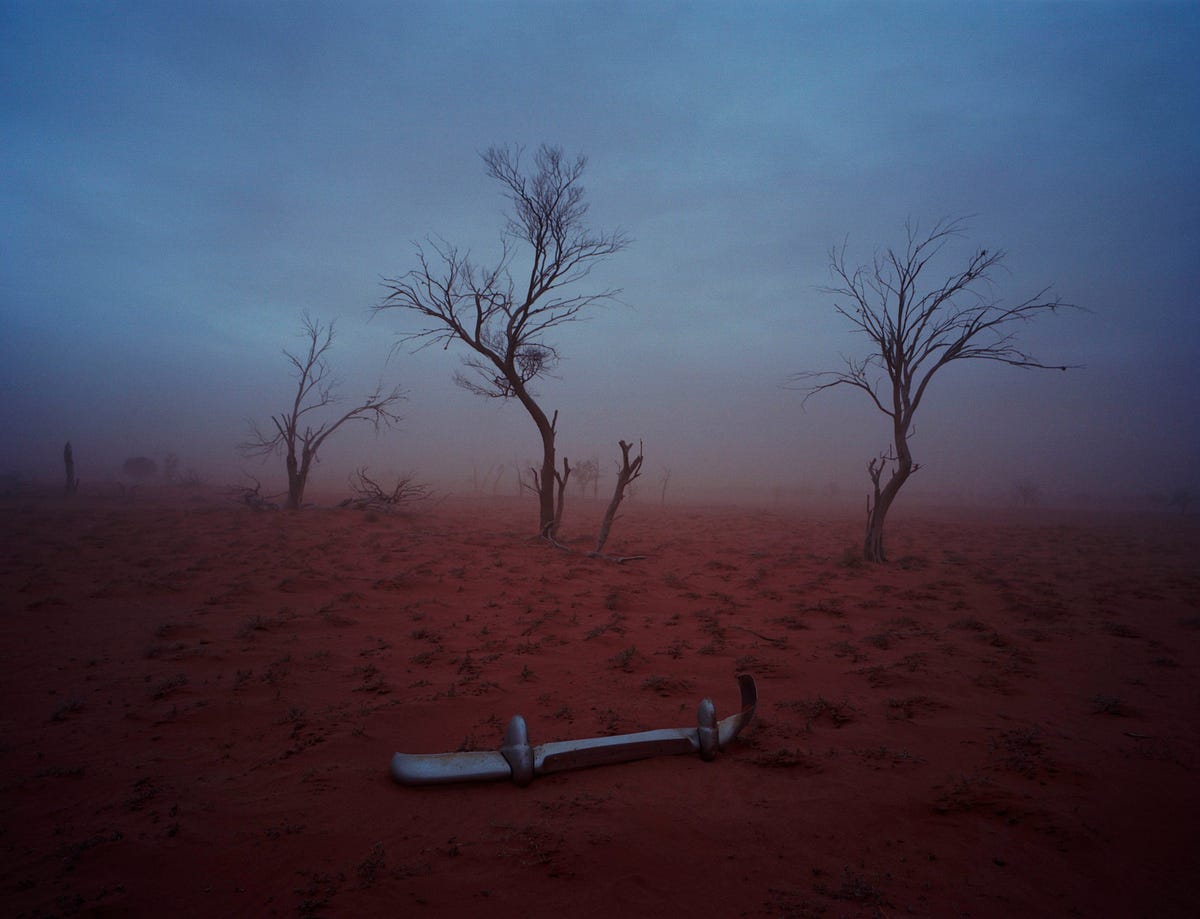
It’s the capture of state agencies by the powerful industry interests against the broader public interest.
There was institutional corruption.
It’s appalling that the health of the red gum forests continues to decline, and it’s appalling the number of water birds has flatlined.
We are on the brink of failure because of recalcitrant states, a tame Murray Darling Basin Authority, a dysfunction water market that is being rorted, a lack of compliance, and National Party water ministers acting to destroy it”.
We have had cascading reports concluding the Murray Darling Basin Plan is failing and billions of taxpayer’s dollars are being wasted on projects that are not restoring our rivers and wetlands.
“We don’t know, we can’t find out, it’s not our job,” that’s the attitude.
Federal and State agencies have all been saying it’s not our fault.
It’s like the Bart Simpson defence: I didn’t do it. Nobody saw me. You can’t prove a thing.
There is no doubt governments have abandoned the river.
When you abandon the river, you abandon the people who live along it.
